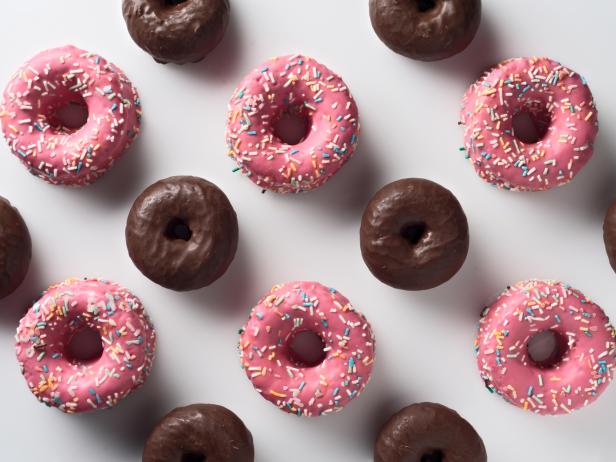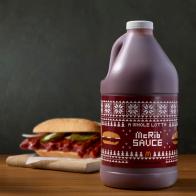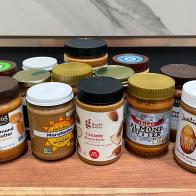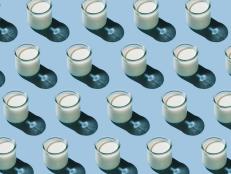What You Should Know About Trans Fat Now
Here’s why they’re no longer as pervasive a problem as they used to be.

Jultud/Getty Images
We’ve been warned about the dangers of trans fats for decades, but many people don’t know what these types of fats really are. Once considered a healthy alternative to lard and butter in ultra-processed foods, trans fats were later determined to be a harmful ingredient. Fast forward to today and worries about artificial trans fats have somewhat faded – here’s why.
Making liquid oils solid at room temperature through a process a known as hydrogenation began in the early 1900s. A food chemist created partially hydrogenated oils (PHOs), a.k.a. artificial trans fats, for use in foods like restaurant and store-bought baked goods and fried foods, in order to replace lard and butter. This was to make them more affordable and increase shelf life. After a few decades in the food supply and increased awareness of the dangers of certain types of fats on heart health, experts started paying closer attention to PHO usage. By the late 1990s the data and warnings began to mount and what was once considered a healthy alternative to butter was now seen as potentially worse. Consumption of PHOs, much like naturally existing saturated fats in other foods, can lead to an increase in harmful “LDL” cholesterol and increased risk of developing heart disease, one of the leading causes of death in the United States.
By 2006 it became mandatory to list trans fats on Nutrition Facts Panels, forcing all food companies to disclose how much PHO was being used in their products. In response, many food manufacturers adjusted the amounts of PHOs to less than 0.5 grams per serving so it would be listed as “0 grams” on the label (this is based on an FDA rule for food labels where anything under 0.5 grams of trans fat can be listed as zero grams). Unless consumers checked the ingredient list, they could mistakenly believe there were no trans fats in the foods they were choosing.
In 2015, the U.S. Food and Drug Administration (FDA) revoked the “generally recognized as safe” (GRAS) designation for PHOs, indicating a perceived risk to health. Over the next six years this evolved into a complete removal of trans fats from the food supply as an additive. Some trans fats are naturally existing in animal-based foods like meat and butter, but are generally much less plentiful in the food supply.
We now live in a world where PHOs are not allowed to be used in foods, but you may have noticed the trans fats line item is still taking up real estate on the nutrition facts panel. We asked experts from the FDA to explain why.
“The FDA calculated that, at the time of publication of the Nutrition Facts label update, there could potentially be more than 5,000 foods remaining with declarable levels of trans fat, after removal of PHOs. Thus, the agency determined it was premature to consider removing trans fat from the Nutrition Facts label at that time.”
As food manufacturers are always changing, the FDA oversight has continued. “The FDA is aware that there has been reformulation of products since the publication of the declaratory order and continues to evaluate the remaining trans fat content in foods, both from potentially approved food additive uses of PHOs and from naturally occurring trans fat.” The FDA spokesperson also added, “Depending on remaining trans fat content in foods, the FDA could reconsider if declaring trans fat on the label continues to assist consumers in maintaining healthy dietary practices.”
Now that far fewer foods are made with PHOs, you might be wondering what is currently being used in place of them.
Specific products and recipes will vary, but many trans fats have been replaced with other oils that stay solid at room temperature, including coconut and palm oil. Use of these ingredients will increase the amount of saturated fat in foods, so those with existing heart disease and concerns about high LDL cholesterol need to pay close attention to where these foods fit in their diet.
*This article was written and/or reviewed by an independent registered dietitian nutritionist.
Related Content:






























